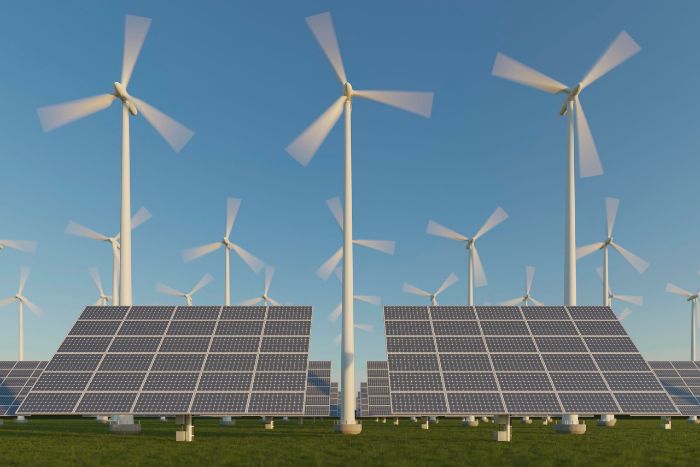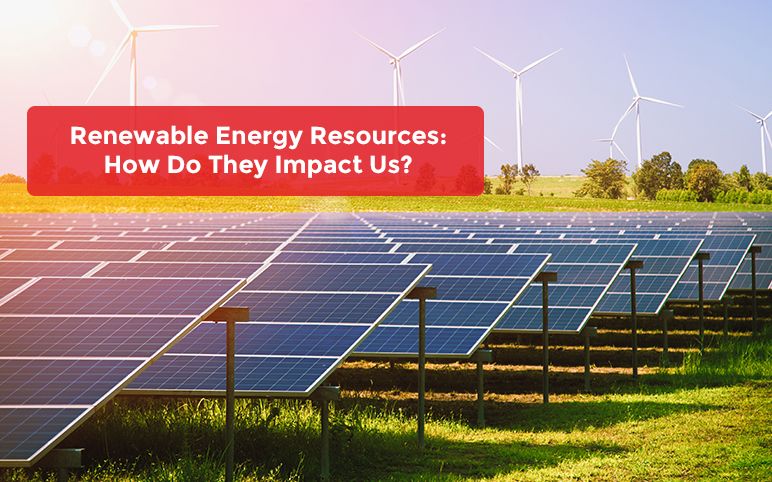The goal of employing sustainable power is to supply energy with a minimum environmental impact. As a result, we must return to reality and examine the ecological effects of any new endeavor. One advised
method of lowering our carbon footprint is to use Green Technologies.
Nevertheless, whatever renewable energy systems we embrace must be considered in terms of their environmental effect. Most renewable energy solutions have some negative externalities, thus it's worth
looking into them.
Turbines powered by wind
The excellent news is that windmills are capable of converting wind energy into electrical energy. When wind energy is used, no hazardous waste or global climate change pollution can be caused.
The unfortunate thing is there is a surge of opposition to wind turbines due to their unattractive character, particularly in regions of excellent natural beauty. To address these concerns, the government
is providing considerable subsidies to individuals who install windmills. This enrages some people, who are practically forced to pay for machinery to which they vehemently disapprove of environmental
friendliness.
Others, who witness the fatal impact on migrating birds, as well as those who must suffer the loudness of the rotor blades, have expressed reservations. The depth analyses the carbon footprint of the
construction foundations and masts on which the rotors will be placed.
Photovoltaic
Solar panels convert sunlight into electricity. The usage of scarce resources in producing them, as well as misallocation of resources, pose challenges and opportunities, necessitating a significant
government subsidy to stimulate the use of PVs.

Biomass
The great news is that biomass can be burned instead of fossil fuels. The problem is that incomplete combustion produces 66% more CO2 than heating gas for the same quantity of heat.
There have also been recommendations that only trash biomass is considered because cultivating biomass solely to burn it precludes land from being used for industrial agriculture. Smoking wood from
Brazilian jungles is widely recognized as an ecological objective: it is energy production and conservation in opposition. To comply with regulatory mandates, the professionals assess the hidden carbon of
moving wood chips across seas.
Hydroelectric power
Hydroelectric power plants generate energy by utilizing gravity and meteorological influences. Some concerns have been made about environmental changes and the destruction of biodiversity for some
animals.
Thermal energy from the sun
Solar thermal panels use the sun's renewable energy to make hot water. Although the ecological impact is minor, some individuals are concerned about the aesthetic value, particularly on historic homes.
Solar collectors made of bitumen
The inherent energy in the sunshine is also used to make boiled water in an Asphalt Direct Absorption. The device is invisibly placed on the highways. Collecting energy from roadways has no energy
footprint.
Heat pumps using an air supply
An external heat exchanger extracts heat from the surrounding environment and transmits it into structures for effective heating. The noise produced by fans moving airflow through to the heating and
cooling elements has a carbon footprint, however, this can be mitigated by judicious placement of optical head-mounted, and so can the visual characteristics.
Pumps that extract heat from the ground
A geothermal heat pump extracts warm air and transports it to buildings, resulting in extremely efficient heat. Since a ground origin heat pumping construction provides an undetectable gas boiler with no
fossil fuel combustion (or any other gas) on location, there is no carbon footprint. An enhanced geothermal system transfers a high amount of energy into a structure with a little amount of energy. When
electricity is created using fossil fuels, CO2 emissions are produced in the power plant. This minor component will decline as the grid decarbonizer.
Heat Transfer between Seasons
Inter-seasonal Heat Exchange is a combination of non-fossil fuel systems that catch energy from the sun in the summertime, deposits it in the subsurface in Thermal Banks in the fall, and provide it to
structures in the wintertime for highly effective heating. Deep geothermal water heaters are used by IHT to produce inconspicuous central heating. It also generates heat with pavement photovoltaic panels
in the summertime to recharge Thermal Banks with solar energy, allowing its GSHPs to provide warmth more economically than an unsupported energy storage system in the wintertime.
Renewable Energy Sources are the future of mankind. Switching to renewable energy sources is a must to keep the environment clean and green. Tesla Power USA aims to
let people know about and use renewable energy along with sustainability. With the same vision in mind, our products are designed not to affect the environment and generate energy in an efficient manner.






